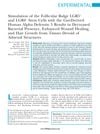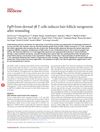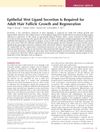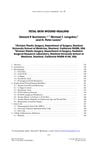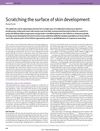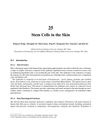Wnt Signaling Induces Epithelial Differentiation During Cutaneous Wound Healing
July 2015
in “
Organogenesis
”
Wnt signaling cutaneous wound healing inflammation cell proliferation stem cell mobilization skin architecture regeneration cell differentiation tissue repair endogenous Wnt pathways scar formation Wnt-responsive interfollicular stem cells hair follicle formation β-catenin fibrosis adult stem cells targeted Wnt signaling wound healing skin repair scar reduction stem cells hair growth fibrosis prevention
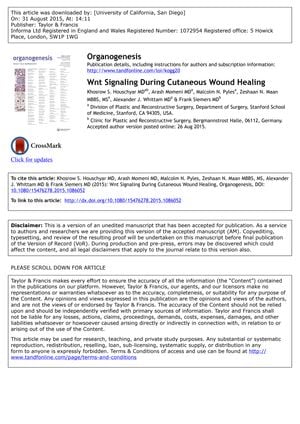
TLDR Wnt signaling is crucial for skin wound healing and reducing scars.
The study reviewed the role of Wnt signaling in cutaneous wound healing, emphasizing its activation by wounding and its involvement in inflammation, cell proliferation, and stem cell mobilization. Wnt signaling was crucial for skin architecture regeneration, influencing cell differentiation and proliferation necessary for tissue repair. The research suggested that enhancing endogenous Wnt pathways could improve cutaneous regeneration and reduce scar formation. It was noted that Wnt-responsive interfollicular stem cells, rather than hair follicle stem cells, were responsible for new hair follicle formation during wound healing. Elevated β-catenin levels were essential for successful wound repair but could cause excessive fibrosis if prolonged. The study highlighted the potential of adult stem cells in therapies and the need for targeted Wnt signaling to avoid adverse effects like cancer.
